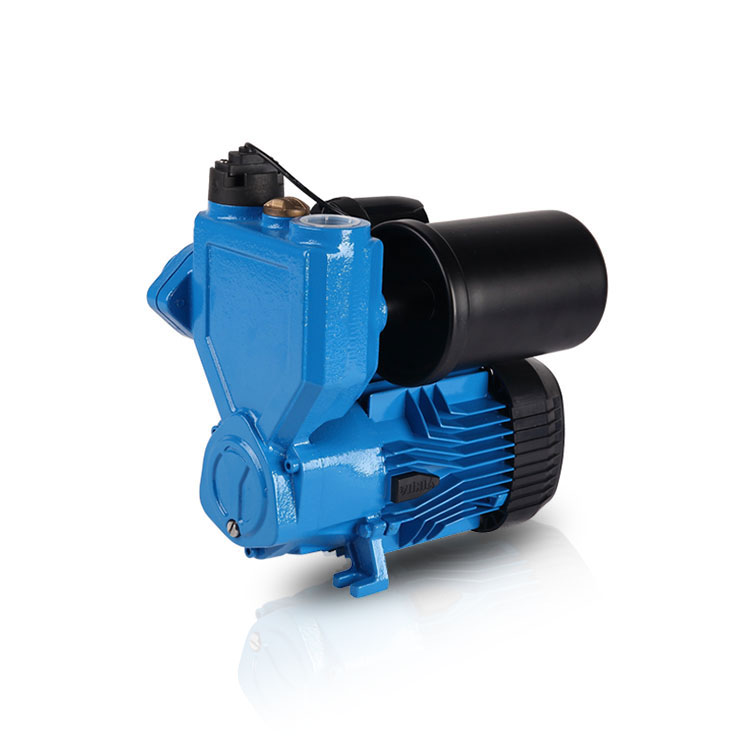Safeguarding Transactions: Security Measures Against Skimming Devices on Gas Pumps
2024-03-25
Introduction:
With the rise of digital transactions, concerns about fraud and identity theft have become increasingly prevalent. Gas pumps, in particular, have been targeted by criminals who install skimming devices to steal credit and debit card information from unsuspecting customers. To combat this threat, gas stations and authorities have implemented various security measures to protect consumers and safeguard transactions. In this blog post, we'll explore the security measures in place to prevent skimming devices on gas pumps and ensure the safety of customers' financial information.
1. Tamper-Evident Seals:
Many gas stations use tamper-evident seals or security tape to deter criminals from installing skimming devices on gas pumps. These seals are placed over access points, such as card readers and panel doors, and are designed to show signs of tampering if removed. Customers are encouraged to inspect the seals before inserting their cards and to alert gas station staff if they notice any signs of damage or tampering.
2. External Inspections:
Gas station employees conduct regular external inspections of gas pumps to check for signs of tampering or unauthorized access. This includes visually inspecting card readers, keypads, and other components for any anomalies or irregularities. Any suspicious devices or signs of tampering are reported to authorities and addressed promptly to prevent potential skimming incidents.
3. Increased Surveillance:
Many gas stations have installed surveillance cameras in strategic locations to monitor activity around gas pumps. These cameras serve as a deterrent to criminals and provide valuable footage for identifying suspicious behavior or unauthorized access to gas pumps. In the event of a skimming incident, surveillance footage can aid law enforcement in identifying and apprehending the perpetrators.
4. Encryption Technology:
Gas stations and fuel retailers have invested in advanced encryption technology to protect cardholder data transmitted during transactions. Encryption scrambles sensitive information, such as credit card numbers and personal identification numbers (PINs), making it unreadable to unauthorized parties. This helps to prevent skimming devices from intercepting and stealing cardholder data during transactions at gas pumps.
5. Chip Card Readers:
Many gas stations have upgraded their card readers to accept chip-enabled credit and debit cards, also known as EMV (Europay, Mastercard, Visa) cards. Unlike traditional magnetic stripe cards, chip cards generate a unique transaction code for each purchase, making it more difficult for criminals to counterfeit or clone card information. By utilizing chip card readers, gas stations can enhance the security of transactions and mitigate the risk of card skimming.
Conclusion:
Protecting consumers from skimming devices on gas pumps requires a multifaceted approach that combines technology, surveillance, and proactive measures. Gas stations and fuel retailers are committed to implementing robust security measures to safeguard transactions and ensure the safety of customers' financial information. By utilizing tamper-evident seals, conducting external inspections, increasing surveillance, employing encryption technology, and implementing chip card readers, gas stations can effectively prevent skimming incidents and protect consumers from fraud and identity theft. As consumers, it's essential to remain vigilant and report any suspicious activity or signs of tampering to gas station staff or authorities promptly. Together, we can work towards creating a secure and trustworthy environment for fuel transactions.



